Archaeological mysteries always contain many fascinating things. People are always curious about historical things, but there are still many mysteries from ancient times that still have no answers, waiting for scientists to discover.
Paracas candle light
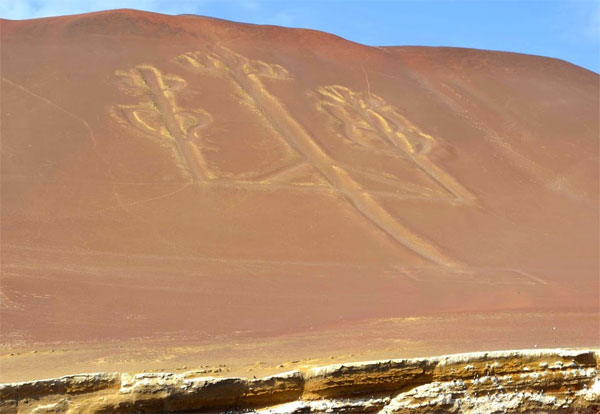
A geoglyph is a giant drawing on the ground. The most famous of them are the Nazca lines located in the desert in Peru. However, not far away, about 200km from the Nazca Plain, there is an even more mysterious Geoglyph.
The Paracas candle symbol was discovered on a hillside in Pisco Bay, eastern Peru. This is a geoglyph with a width of up to 180m. Although located very close to the Nazca lines, they were not created by the Nazca people .
Ancient ceramics discovered here date back to 200 BC, most likely this drawing comes from the Paracas culture. Locals view the Paracas candle as the scepter of the ancient creator god Viracocha . But many others have proposed an idea that seems more realistic. This figure is located on a hill, angular and large enough to be observed from a distance of 20km from the coast, so this is a landmark for sailors.
Uffington white horse symbol
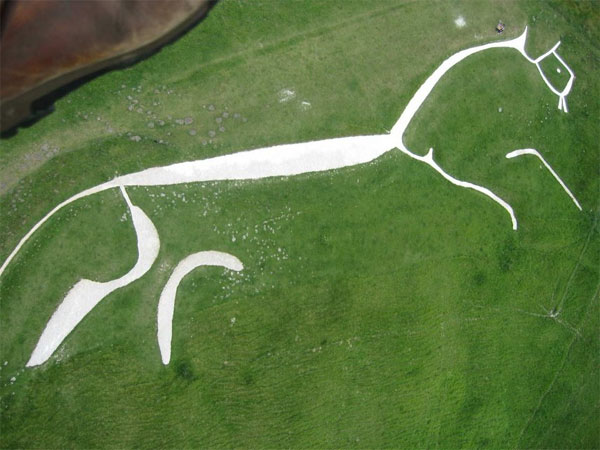
The 114m long Uffington white horse symbol is located on a hill near Uffington, a small village in Oxfordshire, England. It was created by digging deep trenches and filling them with crushed chalk.
This image looks like the drawings on ancient Bronze Age coins. Nearby are Neolithic burial mounds, which were reused until the Saxon period, leading some to suggest that the image of the white horse is not as old as previously thought.
In the Travel Journal, in 1677, Thomas Baskerville was the first to record a horse kept in good condition by local people. According to legend, this is where Saint George helped them exterminate an evil dragon. Blood flowed out into the shape of a dragon, making grass unable to grow. Until now, the true origin of the Uffington white horse symbol remains a mystery, waiting for scientists to discover.
Ancient book Liber linteus Zagrabiensis

In Latin it is also called “Linen Book of Zagreb”. This is the longest text written in Etruscan , a language that has great influence in the world, but was lost when Latin appeared. Currently, only a few ancient documents mention it and most of the book’s content remains untranslated.
From what can be gathered from the book, it is believed to be a ritual calendar , originally believed to be a book about burial rituals. What is surprising is that this ancient document still exists today even though it originated in the 3rd century BC. The material of the book is made from linen, the fabric used to wrap mummies in ancient Egypt.
Paintings on rocks
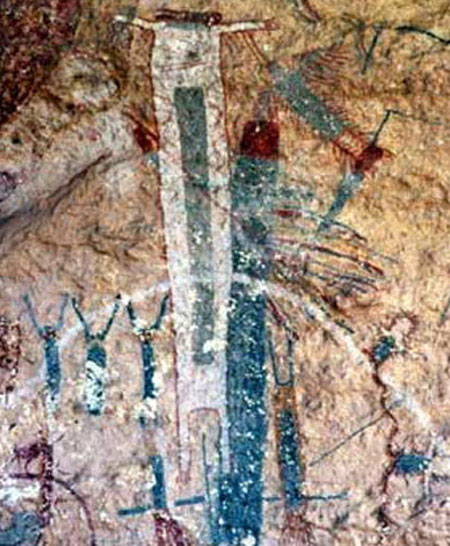
Many ancient cultures in America still contain countless secrets, and one way to decipher them is to study rock paintings.
The area near the Tecos River in the state of Texas (USA) has many ancient paintings , of which the “White Shaman” is considered the oldest and is related to an ancient religion that has disappeared. The painting is about 7 meters long and dates back 4,000 years ago. There is much debate about the meaning surrounding this rock painting. Most archaeologists believe that the artwork depicts five figures in battle or some battle ritual, but others believe they are communicating with the spiritual world.
Sajama lines
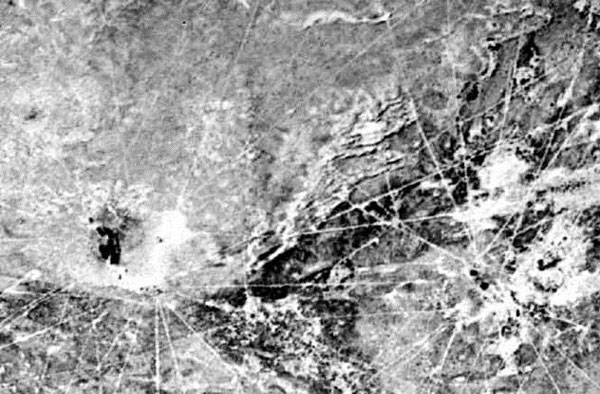
Anyone who is impressed by the Nazca Lines and Paracas candles in Peru should learn more about the Sajama Lines in Bolivia. Sajama consists of thousands to tens of thousands of different lines ranging from one to three meters wide and can be up to 18km long, covering an area of nearly 7.5 square kilometers, 15 times larger than the famous Nazca lines.
There is currently very little research on the Sajama lines, making the process of assessing their true scale difficult.
Recently, with the help of satellite images, people have begun to study them more carefully. Despite running through quite a bit of rough terrain and natural obstructions, these lines remain surprisingly straight . There are no recorded documents related to Sajama, most likely they belong to prehistoric times , built by countless generations.
The purpose of creating the lines above is still a mystery. They could be guide lines, mark burial sites, or have some astronomical significance.
Inscription on Tartarian clay tablet
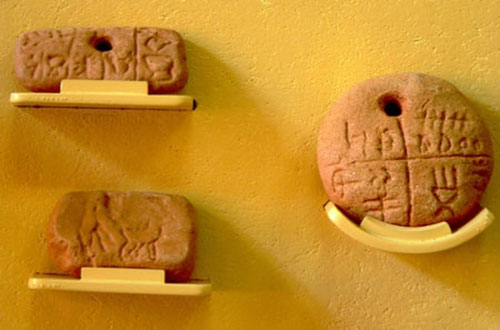
Three small clay tablets found in a Romanian village may be the earliest form of writing ever discovered. Most archaeologists believe that the development of writing occurred independently in many regions of the world between 3,500 and 3,100 BC.
The earliest examples are the images of writing that appeared in the Sumerian culture of Mesopotamia. The inscriptions on the Tartarian clay tablets are about 2,000 years older than previous writing discoveries. In this case, the earliest writing belongs to the civilization of the Vinca people , who lived across southeastern Europe between 5,500 and 4,500 BC.
Blythe engraving

The giant Blythe carvings are a collection of many geolyphs (giant drawings) found in the Colorado desert near Blythe, California, USA. They depict images of animals, geometric forms and giant human figures (the largest about 50m). The true scale of these carvings was first discovered in 1932 from the air.
The above drawings may have been created by the Quechan or Mojave people who previously lived in this area. Some of them likely represent important figures in their respective cultures, for example representing Mastamho and Kataar, two creator gods in Mojave culture. There is currently very little information to confirm for sure about them. The mysteries of these giant engravings are still big questions.
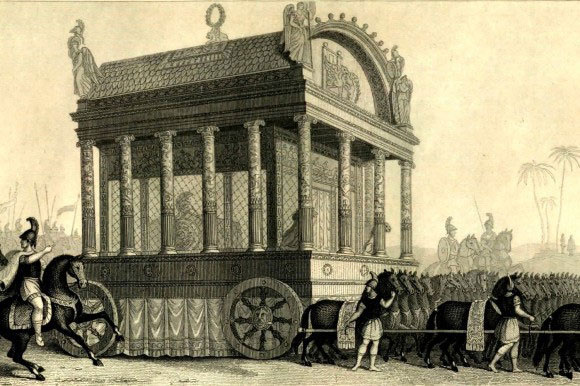
Although Alexander the Great is one of the most famous figures in history, there are many mysteries surrounding his death.
Ancient historical documents record that, after a night of lavish banqueting, celebrating the glorious victory in conquering India, Alexander the Great returned home in a state of intoxication and began to have a high fever. He was unconscious for 12 days and then passed away.
Most experts agree on the time and place of his death, which was June 10, 323 BC in Babylon, but the cause of his death is unclear.
A long time ago, Alexander was believed to have been poisoned by his generals, his wife or his younger brother. What is certain is that Alexander fell ill suddenly, spending two weeks in bed with a high fever and stomach pain before dying.
There are also other theories that he suffered from infectious typhoid or malaria . More mysteriously, his death was foretold by the Chaldeans. They warned him that if he entered Babylon he would lose his life.
Not only that, an Indian philosopher named Calanus accompanied Alexander’s army. Before he died on his deathbed, he told Alexander that the two would meet again in Babylon.
Minaret Tower
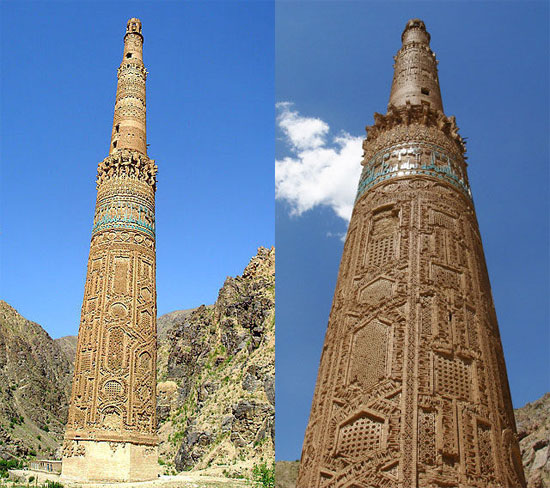
The Minaret Tower in Jam, Afghanistan is an ancient and mysterious structure . The tower is 64m high and was built of bricks in the 12th or 13th century. The Minaret Tower serves as a landmark marking the ancient land of the city of Firukuh, the capital of the Ghurid dynasty. The territory of this dynasty is now Afghanistan, eastern Iran, northern India and part of Pakistan. Up to now, the exact construction time and construction purpose of the Minaret tower still contain many mysteries that need to be further explored.
Emerald slab

The Emerald Tablet is perhaps the most mysterious item on the list, as it no longer exists like the other artifacts. The first documented mention of the Emerald is in an Arabic book from the 6th to 8th centuries. Early Arabic translations attributed the text to ancient Syrian origin. Translations into Latin first appeared in the 12th century.
This inscription, written on a blue or emerald stone slab, fully describes the 13 instructions, explaining the nature and origin of the universe as well as the role of humans in the combination of the microscopic and macro. Specifically, it writes about methods of turning metal into gold as well as preparing the elixir of immortality.
However, by far it has more of a philosophical meaning, as no one has ever successfully smelted metal into gold after reading them.





